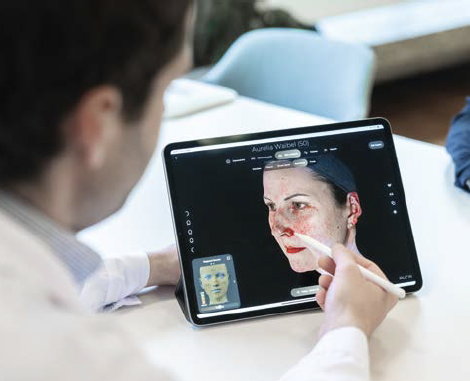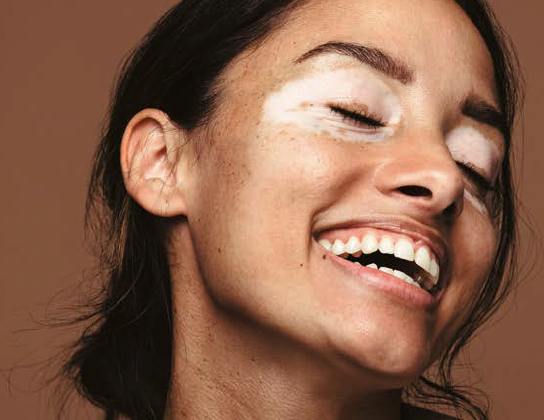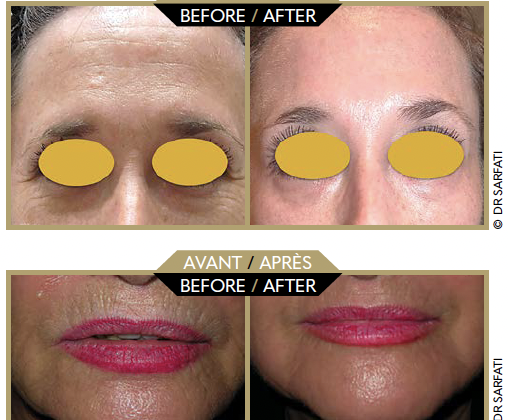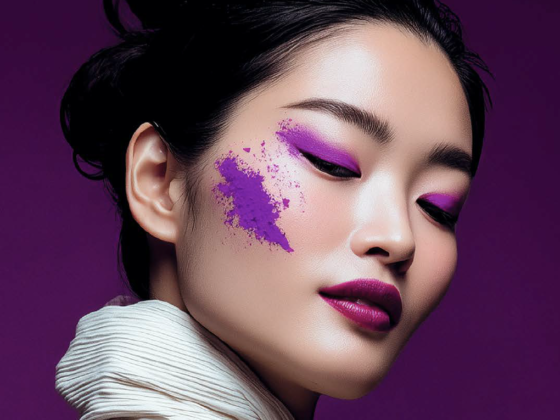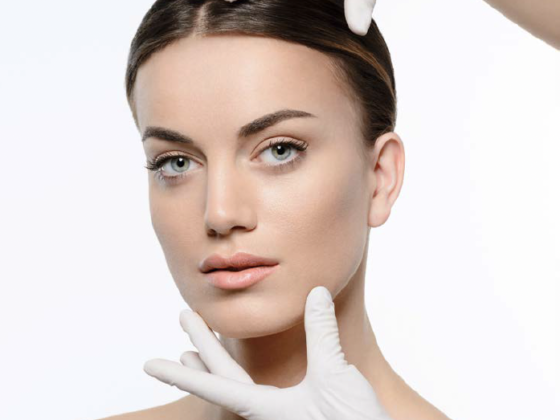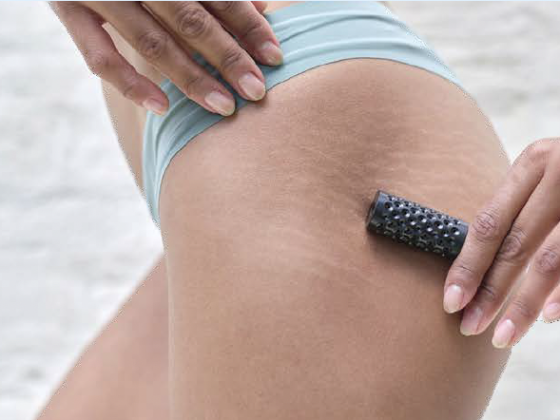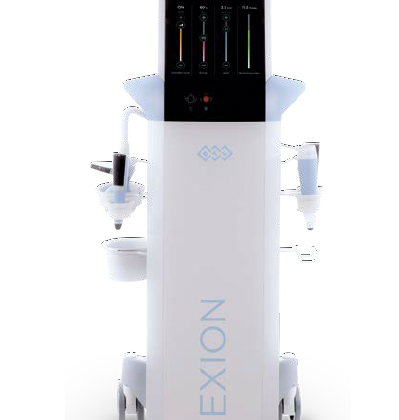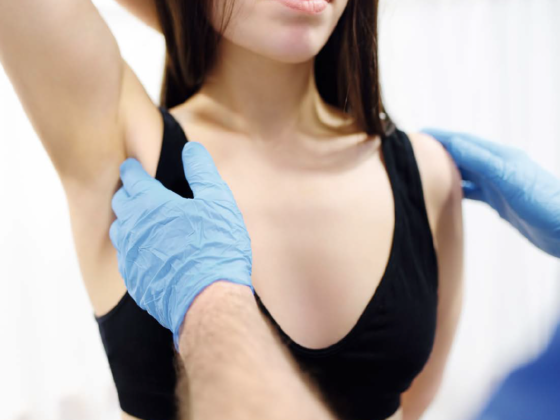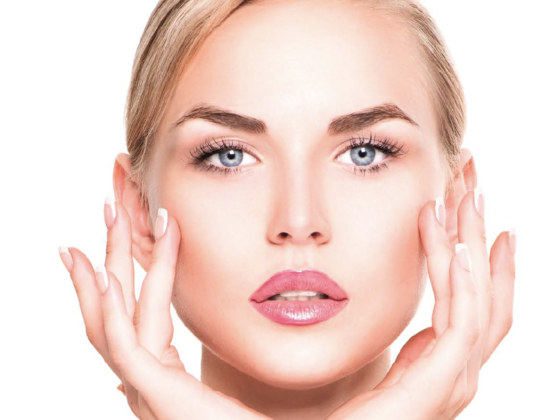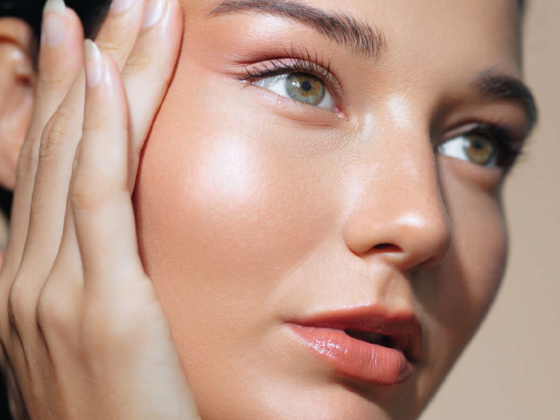The Egyptian queen Nefertiti has long been symbolised and influenced perceptions of beauty worldwide, including in the Middle East.
Dr Sahar Ghannam
However, influential Middle Eastern beauty icons are otherwise scarce in contemporary media and consciousness.
A PubMed search for the word beauty revealed 12,741 hits, while searching beauty in the Middle East revealed only 151 results, yet again beauty in Middle Eastern women got as few as 55 hits, most irrelevant. Literature describing standards of beauty across the Middle East is relatively scarce, compared with those for white, Asian, and African populations. The Middle East is just so big and diverse, you can see a little bit of everything, and tastes vary between people, cultures and countries.
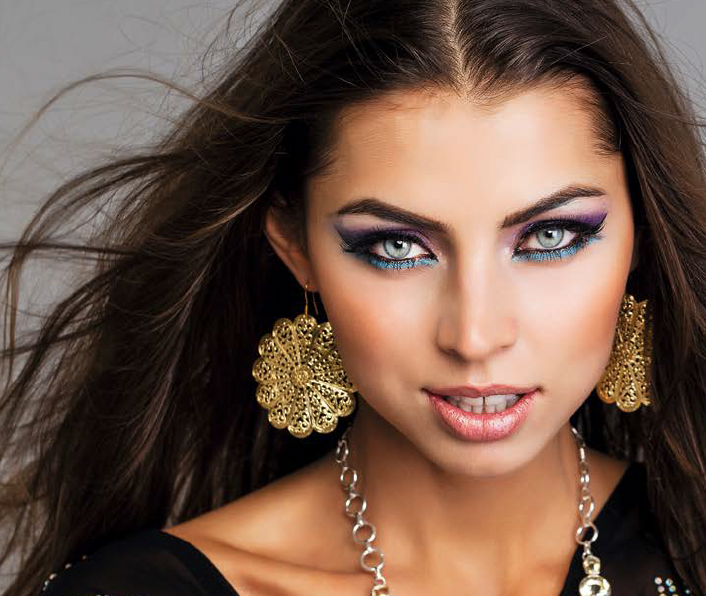
There are two sides to beauty standards, those who follow the social media vibe and/or extreme Europeanisation and those who follow the modest cultural one.
In general a fair, lighter skin tone is desired by almost all of my patients regardless of age; half of them may have a legitimate cause due to post-eruptive pigmentation caused by skin conditions, while the other half have no visible skin disease but simply want to lighten the skin and make their skin tone more even.
The demand for skin lightening products continues to increase, some users being unaware of the potential side effects of some of these products.
Ironically, women with melasma in most ME countries can totally ignore how beautiful or attractive their facial features are and just focus on the melasma patches, which cause them to feel ugly, depressed, and sad.
Islam is an influential religion in the Middle East that traditionally recommends modest dress for men and women. The decision to wear a head covering is personal and variable among Muslim women; the interpretation of and adoption of modest dress can vary from covering all hair as well as arms and legs to dressing similarly to Western counterparts. There are many different types of hijabs that a woman might wear, but regardless of the type of garment worn, wearing a covering does not seem to affect whether women seek beauty or cosmetic treatments. However, among women who choose to wear a covering, the type and style of that covering can influence facial shape preference. For ladies who wear a full hijab, and specifically if it is black, a rounder face with fuller cheeks, with no contouring and non-existent nasolabial folds is preferred, as this shape is often perceived as more attractive when framed by a scarf. Whether a woman covers her head or not, her hair is an integral part of her beauty, and ideally it should be thick, shiny, black and long. Overall, throughout the ME, the preferred faces are oval, symmetrical, with straight, slightly smaller noses. The eyes should be almond shape and wide, the eyebrows are thick, arched and elevated.
The lips are generally full and defined, but with no prominent cupid bow. The preferences for the ratio of upper-to-lower lip fullness and height differ according to their original ethnicity and culture. In beautiful Middle Eastern women, the jawline should be well defined, ending in a pointed, moderately anteriorly projected chin.
Lastly, beauty is difficult to define.
A wise man once said, “(You) can’t define it, but you know it when it walks into the room.”
Dr Sahar Ghannam
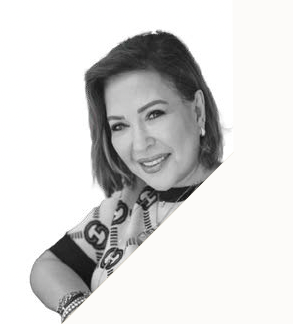
Associate Professor of Dermatology Venereology – Alexandria University. Aesthetics and Dermatology consultant – Kuwait/ Abu Dhabi. Former President of the International Society of Dermatological Surgery and Aesthetics. Former President of the International Peeling Society. President of ISAN Egypt. Published more than a dozen scientific papers and wrote four chapters in medical books
More: saharghannam.com




